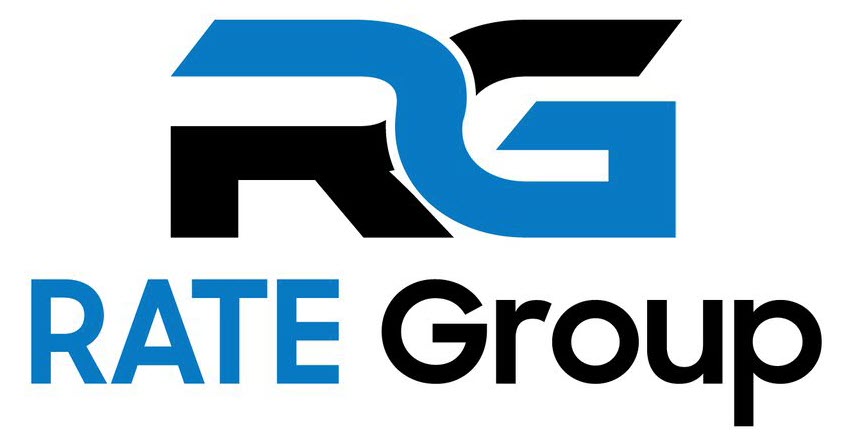
17 May An Overview of Crypto-Staking Networks
The debate over which consensus algorithm is right for blockchain is long overdue. While proof-of-work remains popular with Bitcoin (BTC), interest in proof-of-stake protocols has been picking up speed, especially with the planned shift of Ethereum to a PoS, Ethereum 2.0.
Which one is better, though, remains up for debate. For example, Ankit Bhatia, a co-founder and the CEO of Sapien, told Cointelegraph: “Proof-of-stake is simply more scalable because it eliminates the race to solve math problems and the need for computation to grow the pot.” According to Bhatia, PoS’s ability to make use of sharding makes it the better choice:
“Instead of reaching a consensus across every single machine in your network, you can get validation from a smaller, but still sizable, collection of nodes — way cheaper on equipment and energy and more sustainable for growing the network.”
Bhatia’s excitement about PoS is also shared by Jack O’Holleran, a co-founder and the CEO of Skale Labs,…

